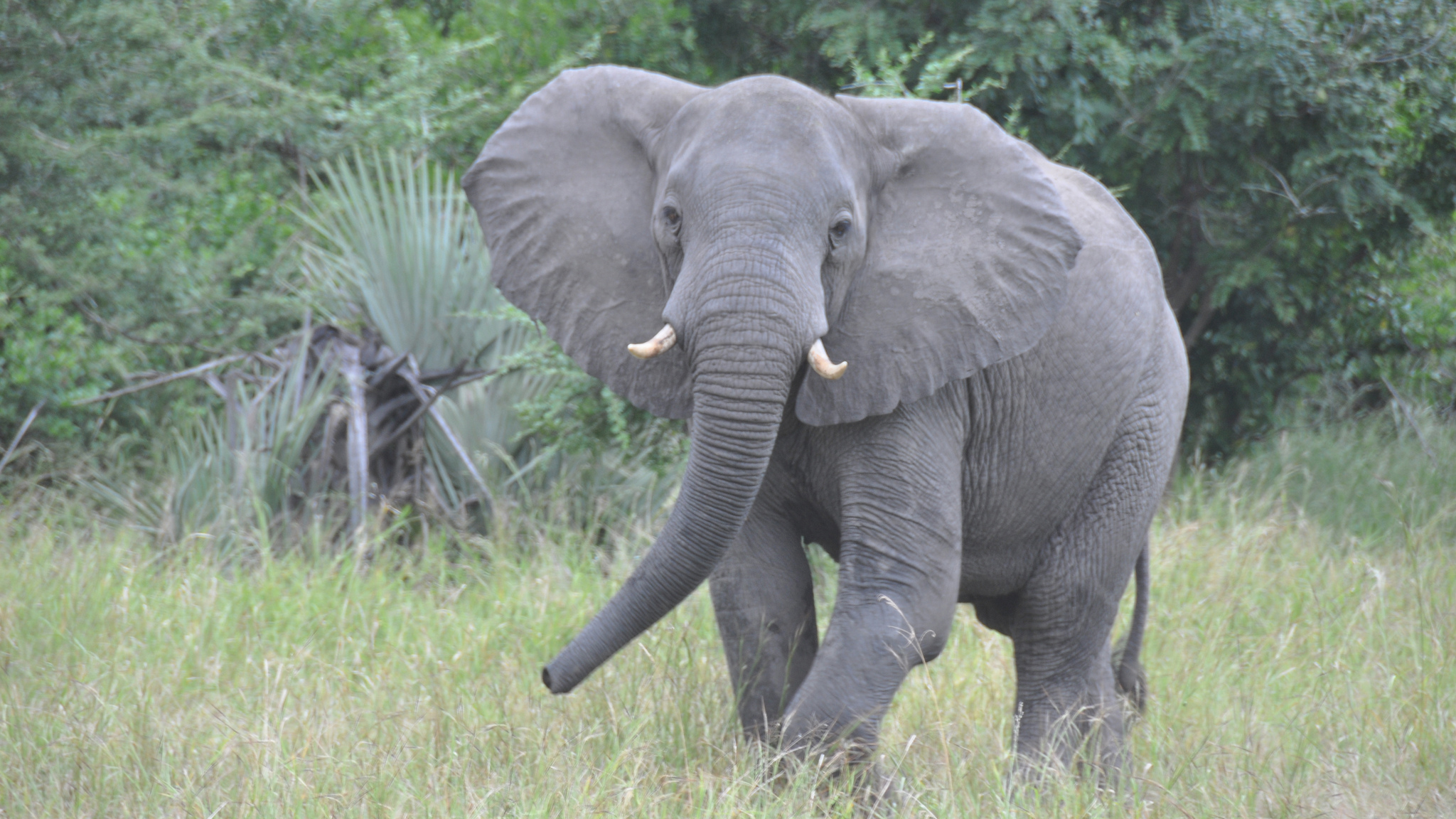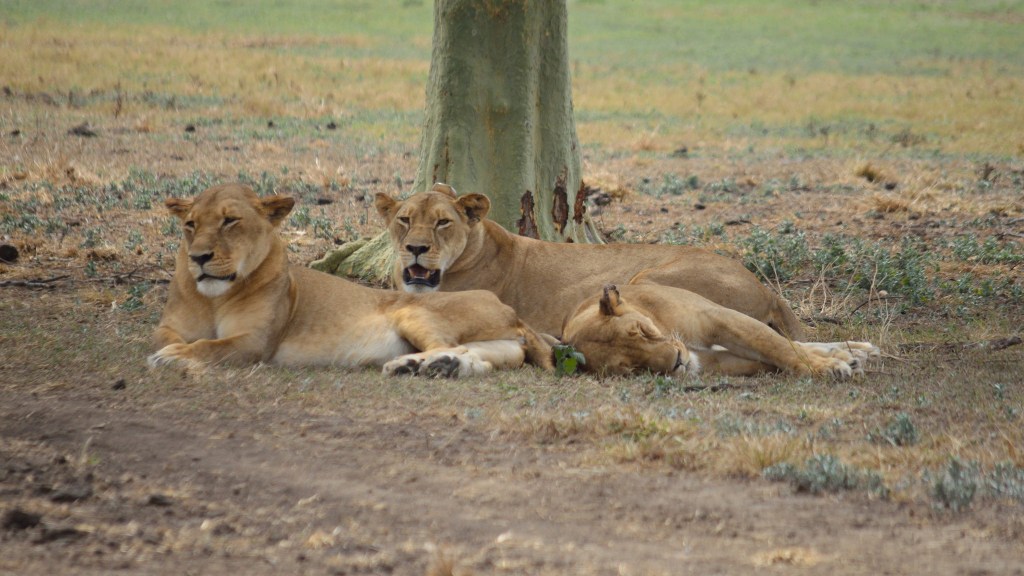Two decades of civil war devastated people and wildlife in and around Gorongosa National Park. As many as one million people died in the war and many of the park’s large mammals including lions and elephants were poached for food or ivory.
Wildcam Gorongosa uses trail cams to document the surprising ability of wildlife to bounce back with a little help from conservation. They need your help to identify the animals in thousands of photos.
If you enjoy wildlife photography, you will love the incredible diversity of animals in Gorongosa. It’s easy to get started; jump right into identifying animals and turn to the Field Guide when you’re not sure.
Why Is Wildcam Gorongosa Important
Conservation is an ongoing process and scientists at Gorongosa, including the renowned conservationist E.O. Wilson, are working to learn which of their efforts are working best and which could use improvement.
Ultimately, these conservation efforts will also help people who were impacted by the war through jobs in ecotourism and the benefits of living near a thriving ecosystem.
Your observations reveal what kinds of animals have returned to the park, how many, where they are, and where restoration efforts have been most effective. With this data, they can adjust their methods to improve conservation outcomes throughout the park.

For example, the Gorongosa Lion Project looks at images that have been identified as lions to learn when new lions enter the area, track lion movement through the park, and see what other species interact with lions.
Want to get kids excited about biodiversity, biology and ecology?
Gorongosa is an ongoing experiment that children can learn about and take part in through Wildcam Gorongosa and a suite of resources for educators.
How Can You Get Involved
![By Brian Dell (Own work) [Public domain], via Wikimedia Commons](https://blog.nature.org/wp-content/uploads/2016/02/Gorongosa_-_warthogs.jpg)
Wildcam Gorongosa is part of the Zooniverse collection of citizen science projects, so you have the option to create an account to track your progress, or to make observations anonymously.
The Field Guide will get you through most observations, but if you find a particularly difficult image, you can share it in Talk by clicking “Discuss on Talk” after you’ve made your best guess identification. In Talk, you can use hashtags to highlight images for researchers. For instance, use #new-animal to report a species that isn’t already on the list.
To keep up with what’s happening at Gorongosa (like new lion cubs!) check out the blog.
Have fun, learn and help Gorongosa bounce back.




Join the Discussion